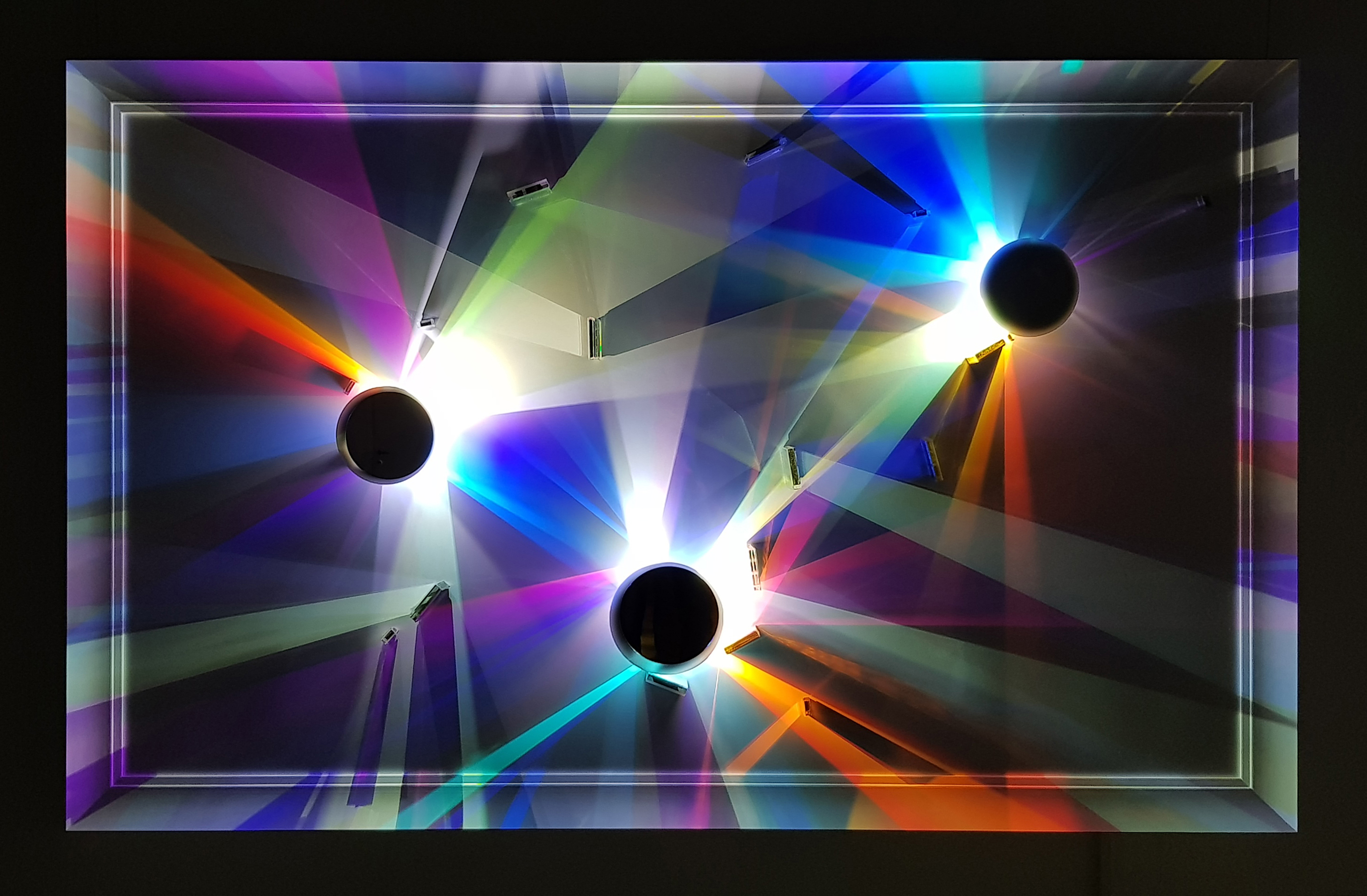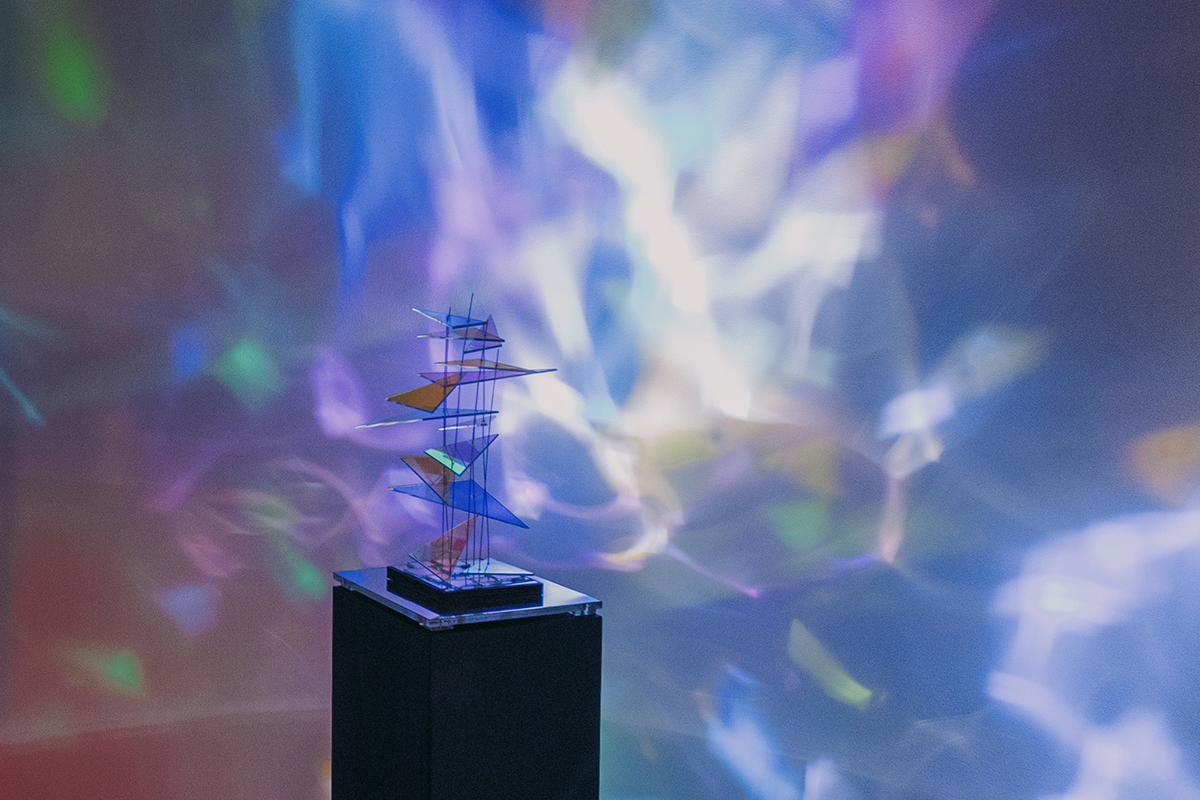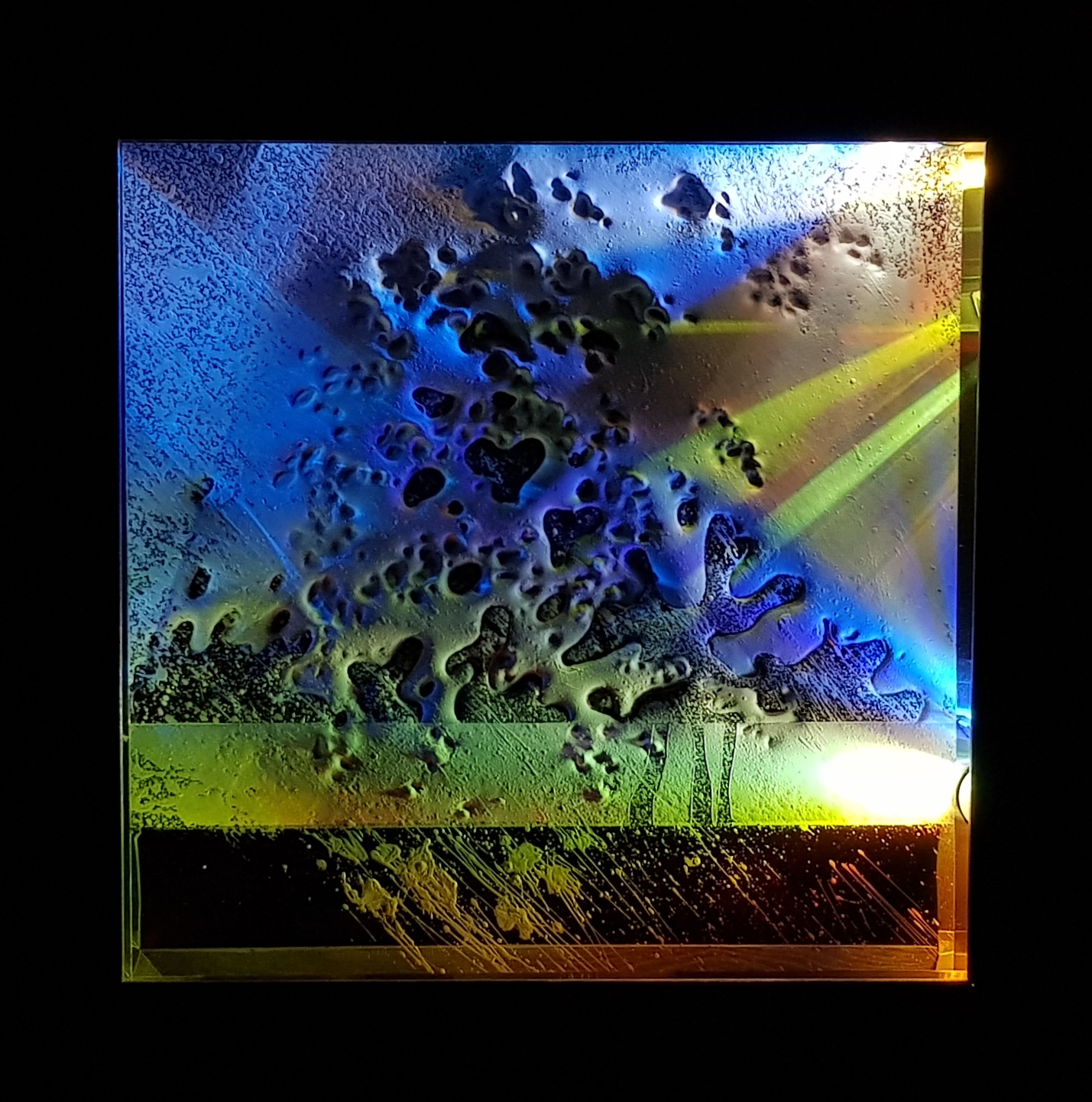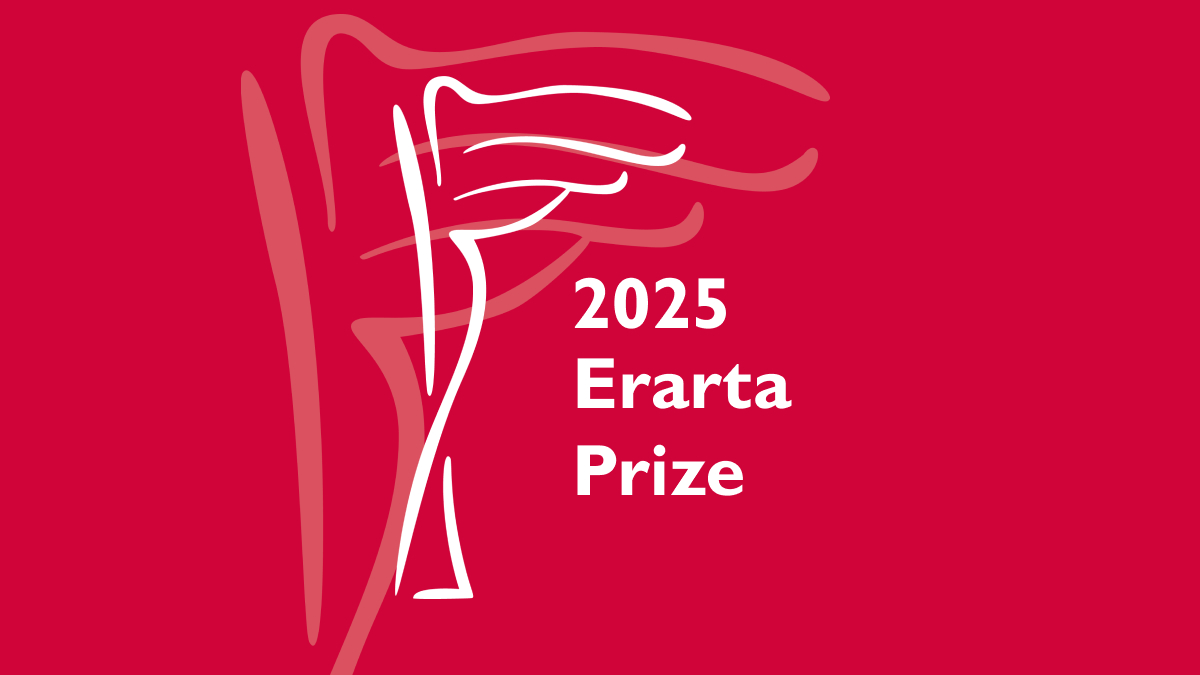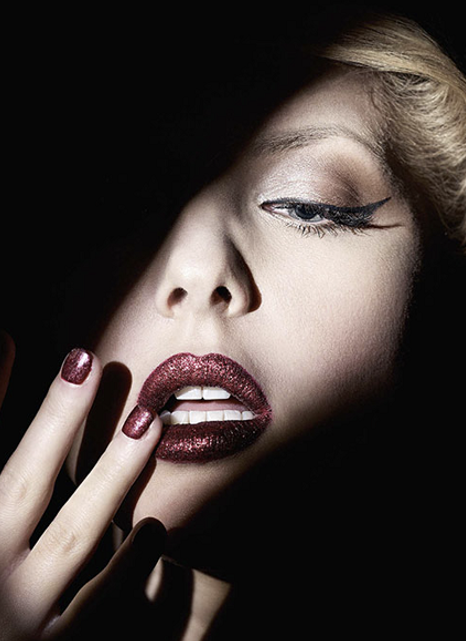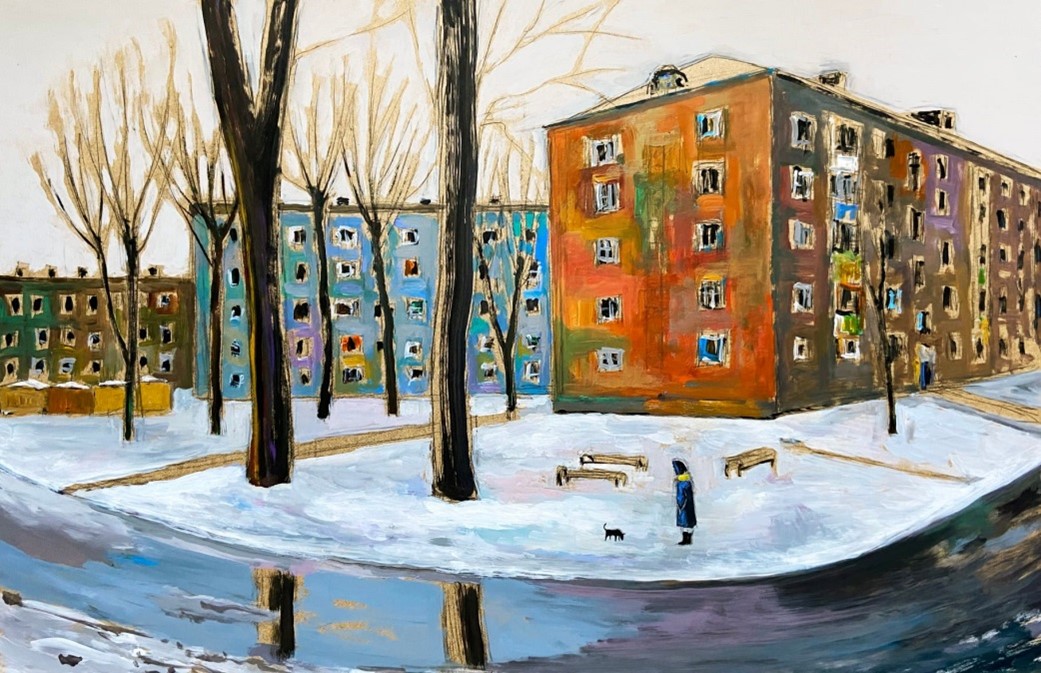Erarta Museum of Contemporary Art presents an exhibition by Mikhail Dyachkov in whose artworks the physics of light and colour is transformed into incredible metaphysics
- More than 15 art objects created through painstaking manipulation of optical filters, prisms, and various light sources
- A chance to observe the play of light, shadows, and reflections
- Wordless philosophy exploring causes rather than events and looking into the hidden mechanisms behind phenomena
The first known light installations date back to the times when science, art, and religion constituted an intrinsically linked whole. The construction of Stonehenge and the ancient Egyptian temples of Abu Simbel, for instance, ensured that on the days of solstice sunlight would travel across them in a predetermined way, illuminating parts of the structure in a certain symbolic sequence. Light played a major role in the much later Gothic cathedrals: filtering through the stained glass windows – and literally emblazing the biblical scenes – it completely transfigured those sacred spaces. In an instant of perfect fusion of the metaphysical and the physical, sunlight turned into divine light by way of a true miracle of human creation. Nevertheless, it was only in the 20th century that light art emerged as a distinct visual art practice thanks to the widespread use of electricity. One of its prime examples was the Light-Space Modulator envisioned in 1922 by the Hungarian artist and member of the Bauhaus movement László Moholy-Nagy. The 1960s saw a true resurgence of light art, with more and more art objects and installations being created with the use of neon tubes and fluorescent lamps. In our days, the awe we feel when witnessing light transform reality seems to be part of our genetic memory, still powerful as ever.
Mikhail Dyachkov says that, as a child, he spent hours watching the play of light, shadows, and reflections. Noting the five-year-old’s vivid imagination, Mikhail’s parents enrolled the boy in an art class – a decision that proved seminal for his life trajectory. His present-day creations are, in essence, paintings, even though the images are formed with light beams instead of layers of paint. Bringing to bear optical effects, the artist makes use of colour separation filters that reflect part of the spectrum and transmit the rest of it. Although the human eye perceives the result as an exuberant explosion of colours, it is actually achieved through painstaking manipulation of optical filters, prisms, and various light sources, including those designed for the specific project. ‘An artist is inevitably an inventor. I make a point of never using digital colour simulation, sticking to the optical properties of refraction and reflection. Refracted white light is the source of the purest, most ethereal colours,’ explains Mikhail.
It is a known fact that white light contains all colours of the visible spectrum, whereas physical objects have no colour of their own. Spectral colours correspond to a specific wavelength of light perceived by the human eye, and colour perception results from light being reflected from an object’s surface. By absorbing certain wavelengths and reflecting the others, objects appear to the human eye to have a certain hue. The colour of sunset, for example, depends on the atmospheric dust content: the violet and blue parts of the spectrum are scattered away by the dust particles, while the red light, having the longest wavelength, passes through. The various colours of paints used by the artists working in traditional visual media can be attributed to the different crystal structures of pigments.
In Dyachkov’s artistic universe, the physics of light and colour turns into incredible metaphysics. It is, in effect, a conscious attempt to revisit the syncretism of the ancient structures – forerunners of the contemporary light art objects. ‘My art is not illustrative. I am interested not so much in events as in their causes, not in what happened as in what set things in motion. That is why I often call my practice non-verbal philosophy,’ says the artist.

Born in Moscow in 1973, Mikhail Dyachkov graduated from the School of Visual and Graphic Arts of the Vladimir Lenin Moscow State Pedagogical University in 1995. In 2023, he received the Silver Medal of the Creative Union of Russian Artists for his contribution to the Russian visual arts, and a year later was among the winners of the 2024 Erarta Prize.

